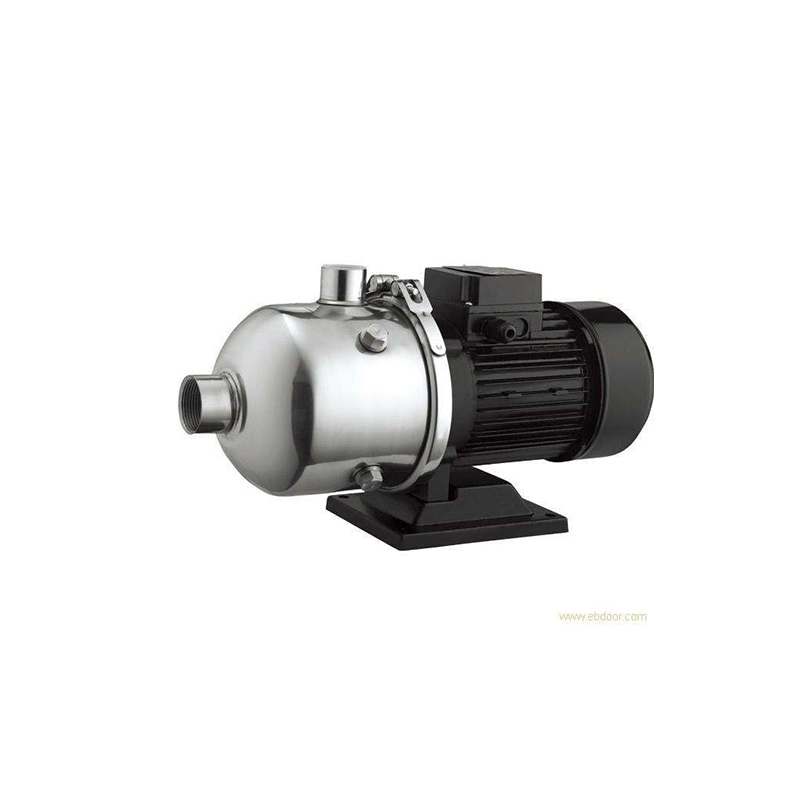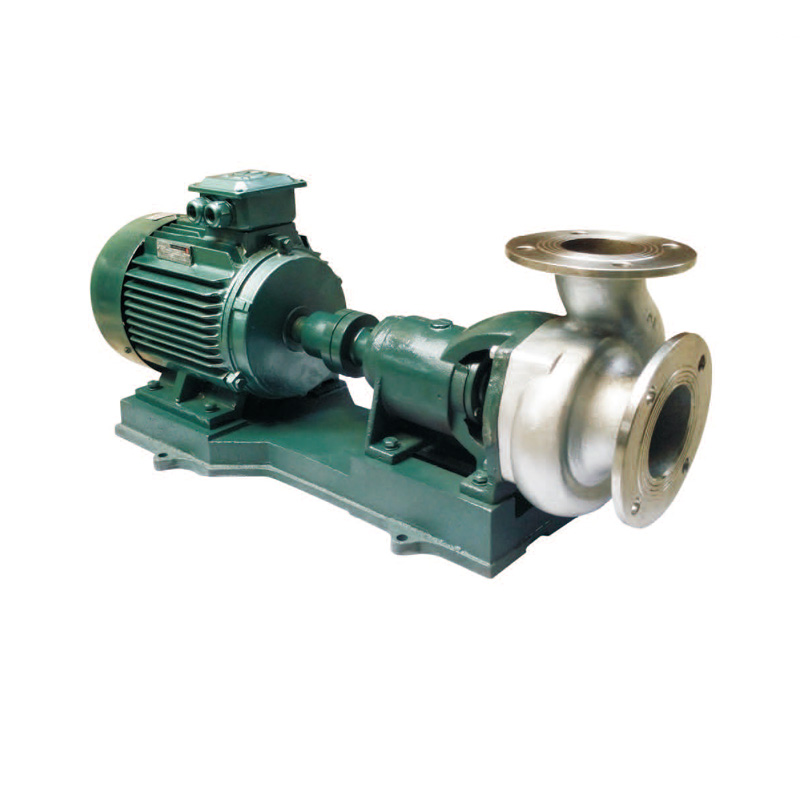NewsNEWS
Featured products
Contact Us
How to Choose the Right Vacuum Pump for Your Industry: A Step-by-Step Guide
2025-05-141. Why Industry-Specific Pumps Matter
Not all vacuum pumps are created equal. A pump that works perfectly in a pharmaceutical lab could fail catastrophically in an automotive manufacturing plant. Industrial applications demand:
-
Chemical resistance in food processing
-
Oil-free operation in cleanrooms
-
Heavy-duty construction for 24/7 operation
Laboratory scenarios prioritize:
-
Ultra-high vacuum levels (down to 10^-9 Torr)
-
Minimal vibration for sensitive instruments
-
Compact footprints
Key fact: 73% of pump failures stem from mismatched equipment selection (ASHRAE 2022 data).
2. Decoding Technical Specifications
(A) CFM (Cubic Feet per Minute)
This measures air displacement capacity.
-
Automotive painting: 50-150 CFM
-
Semiconductor manufacturing: 1-5 CFM
(B) Ultimate Vacuum
Measured in Torr or Pascal:
-
Rough vacuum: 760 to 1 Torr (Plastic molding)
-
High vacuum: 10^-3 to 10^-7 Torr (Electron microscopy)
(C) Power Consumption
Compare horsepower (HP) ratings:
-
Rotary vane pumps: 1-20 HP
-
Turbomolecular pumps: 0.5-5 kW
Pro tip: Request pump curves from manufacturers to verify performance under your operating conditions.
3. Industry-Specific Selection Matrix
| Industry | Pump Type | Critical Features |
|---|---|---|
| Medical | Dry scroll pumps | Oil-free, ISO Class 5 compliant |
| Food Packaging | Liquid ring pumps | Handle vapors, USDA-approved materials |
| HVAC | Rotary piston pumps | High CFM, durable valves |
| Research Labs | Diffusion pumps | Ultra-high vacuum, magnetic bearings |
| Chemical Plants | Diaphragm pumps | Explosion-proof, PTFE components |
Case study: A German brewery reduced energy costs 18% by switching from liquid ring to screw vacuum pumps for bottling lines.
4. The 5-Step Selection Process
Step 1: Define Process Requirements
-
Create a checklist:
-
Required vacuum level
-
Gas types (corrosive/flammable?)
-
Duty cycle (continuous/intermittent)
-
Step 2: Budget Analysis
-
Initial cost vs lifetime TCO:
-
Oil-lubricated pumps: Lower upfront cost, higher maintenance
-
Dry pumps: 30% higher price, 50% lower operating costs
-
Step 3: Compliance Check
-
Mandatory certifications:
-
ATEX for explosive environments
-
NSF/3-A for food contact
-
SEMI S2 for cleanrooms
-
Step 4: Vendor Evaluation
-
Ask suppliers:
-
“Can you provide onsite performance testing?”
-
“What’s your mean time between failures (MTBF)?”
-
Step 5: Pilot Testing
-
Run 72-hour stress tests monitoring:
-
Temperature rise
-
Vibration levels
-
Pressure consistency
-
5. Maintenance & Cost-Saving Strategies
(A) Predictive Maintenance
-
Install IoT sensors to track:
-
Bearing temperature (alert threshold: 85°C)
-
Oil contamination (change at 15% water content)
-
(B) Energy Optimization
Variable Speed Drive (VSD) pumps can cut energy use by:
-
35% in plastic vacuum forming
-
28% in freeze drying
(C) Spare Parts Management
Stock critical components:
-
Rotary vane pumps: Vanes, springs
-
Diffusion pumps: Boiler plates, nozzles
6. Red Flags to Avoid
-
Vendors refusing to share pump performance data
-
“Universal” pumps claiming to handle all applications
-
Missing CE/UL certifications
-
No local service technicians
7. Future-Proofing Your Investment
-
Modular designs allowing capacity upgrades
-
Compatibility with renewable energy systems
-
Smart controls with API integration
Final Checklist
☑ Verified CFM & vacuum specs
☑ Material compatibility chart
☑ 3-year TCO projection
☑ Service network map
☑ Compliance certificates






